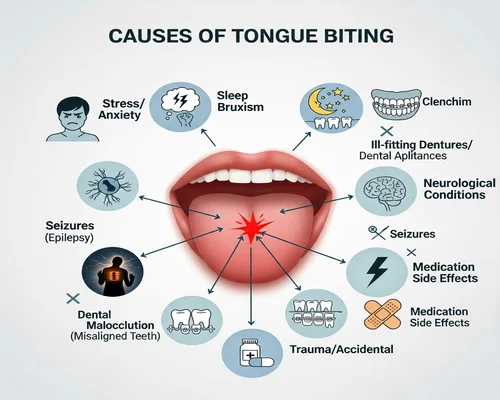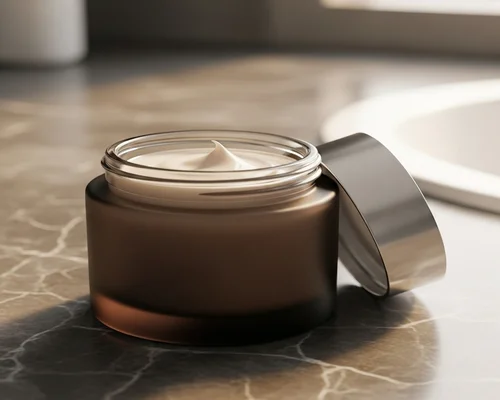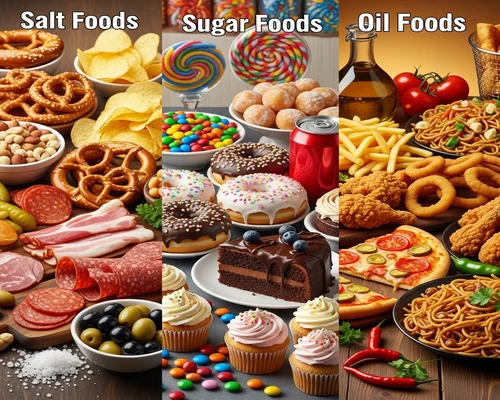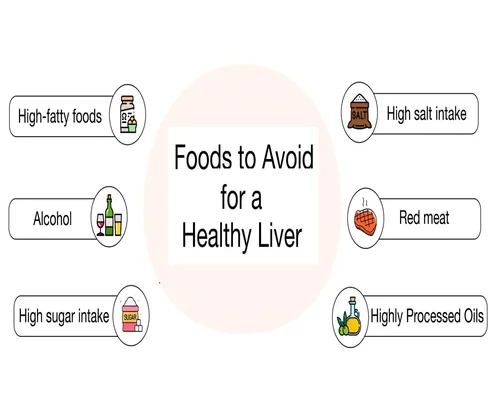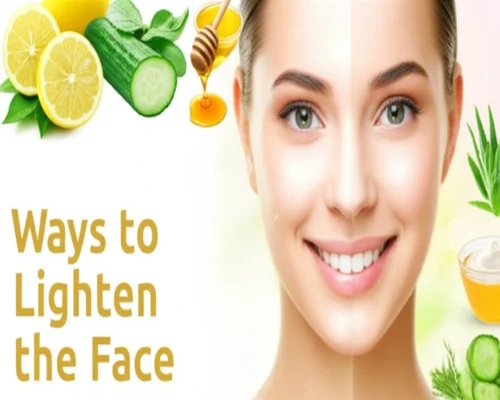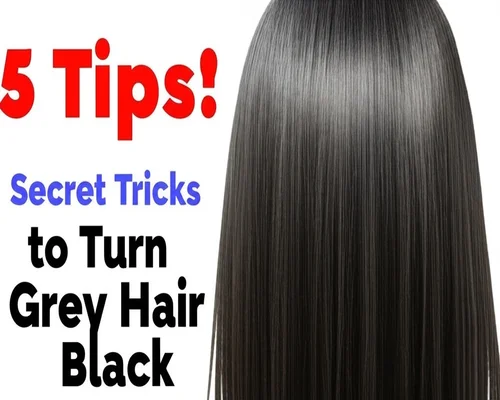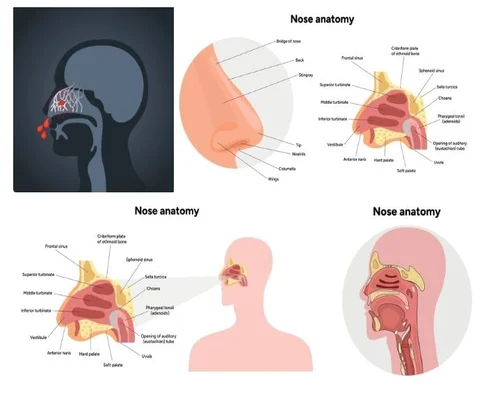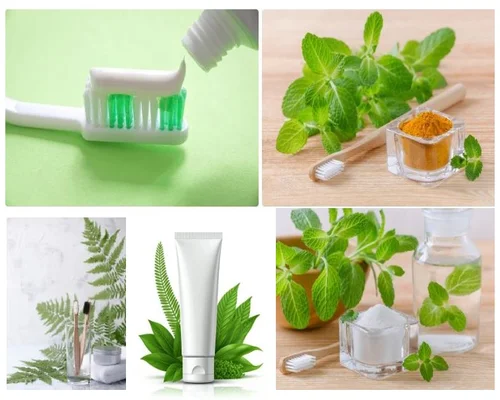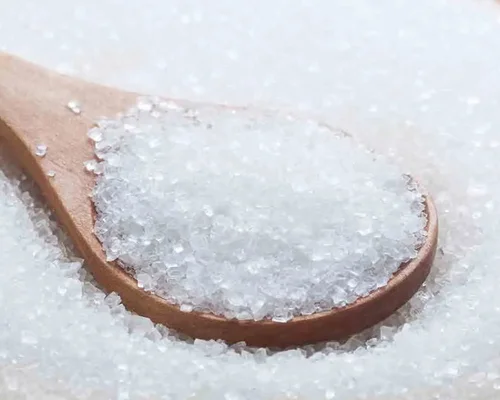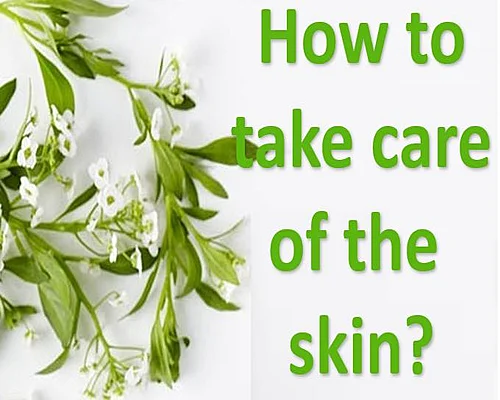
How to Take Care of the Skin?
Although there are many cosmetics and cosmetics products available for skin care in the market, many of the users are not aware of the ingredients, effectiveness and application of these cosmetics depending on the skin and many do not really know what kind of cosmetics should be used for their skin type and care. Therefore, for the convenience of the users, the ingredients, uses, benefits and adverse reactions of all these cosmetic products are being discussed in detail. So you can choose and use the right cosmetics for proper care of your normal or problem skin.
However, in this chapter on skin care, we will only discuss the practical aspects of cosmetics and how to take care of the skin under medical science. This does not include discussions of herbal, herbal or traditional methods. Skin care means cleansing the skin, keeping the skin moist and removing dead cells from the skin. This type of care can be done on the epidermis or the outermost layer of the skin. The following procedures are usually followed for skin care.
(1) Cleansing, (2) Freshener, (3) Moisturizing, (4) Conditioning, (5) Stimulating, (6) Exfoliating or removing dead cells.
Cleansing or skin cleansing: The cosmetic industry attaches great importance to skin cleansing. In this case, various cosmetic products have been improved, especially for cleaning the face. As a result, many people have regularized the use of cleansing in their daily beauty treatments and companies also refer to this cleansing cosmetic as skin treatment. Various cosmetic products are used for cleansing, preserving and controlling the skin. The use of cleansing ingredients for skin care depends on one age and oily skin.
The oil is secreted from the sebaceous glands in the skin of our body. This secreted oil keeps the skin soft and smooth. On the other hand, the sweat secreted by the sweat glands on the skin maintains the body temperature balance. Now this oil and sweat combine to form a thin and almost invisible coating on the skin and hair. This coating, known as acid mantle, helps maintain skin moisture and acts as an antiseptic on the skin. To maintain this normal acid mantle condition of the skin, the skin needs to be cleansed with cleansing. Again, it is possible to keep the pH of the skin normal by using freshener astringent lotion. Cosmetics currently used for cleansing are 1) soap and cleansing bar, 2) oil-free cleansing, 3) cleansing cream, 4) astringent and tona exfoliate, 6) cleansing mask to remove dead cells.
Soap and Cleansing Bar: Forty years ago, bar soap was used as the standard cleansing. It was actually alkaline soap and this soap irritated the skin and created calcium salts in hard water. It was later discovered as an alternative to the synthetic bar used as a syndicate bar. The pH of the skin used to be limited to 5-6 or normal. As a result, this natural PH rich soap was considered more tolerable to the user.
There are three types of bar soap:
* Ordinary cleansing bars that contain only soap.
* Deodorant bar, in addition to sodium soap, antibacterial substances are added. All of these soaps have a pH of 9 to 10 which can damage the skin.
* Moisturizing Syndicate Bar. (E.g. Dove Soap) Their pH is limited to 5 to 6. These are less irritating to the skin, so they are sometimes marketed as beauty bars. Most of the soaps in the cosmetic industry are of this type.
Oil-free cleansers: These are liquids and can cleanse the skin without soap and water. As the name implies, it is not oily or fatty. When using this kind of cleanser on the skin, rubbing creates foam. The skin is then wiped dry. These cleansers leave a moisture-free coating or film on the skin and can be used to remove facial makeup for those whose skin is sensitive.
Cleansing Cream: This cream is used to clean and moisturize the face. It contains water, mineral oil, Vaseline and wax. So cleansing cream is used for dry skin. Cold cream is the ideal cream for cleansing facial skin.
Astringent toner: Two synonyms. These are perfumes that are used to maintain the tightness of the skin and to remove oily substances from the skin. Astringents should be used after washing with Syndicate soap in daily cosmetic care. Astringents of different companies are available in the market under different names. These substances are beneficial for those who have acne on their face, as a result of which they have to take oil-free foundation. The astringent brings a clear feeling to the skin - which is what many people desire. The use of methanol in medicated astringents can cause a tingling sensation on the skin.
A type of astringent called T-Zone Controller is used in the center of the face, especially on the forehead and nasal passages. It is claimed that the use of these substances reduces the oily condition and they can absorb the oil. Some cosmetics are also used as lotions, while others contain vitamin A-rich gel cosmetics.
Exfoliating: These are actually astringents but contain hazel or salicylic acid যা which helps cleanse the epidermis or dead cells of the skin and leaves new skin exposed, making the skin look clearer, more vibrant, and smoother. These are also helpful in treating acne. Exfoliants are formulated for use on oily skin and are used instead of astringents to cleanse the skin of acne prone individuals.
Cleansing Mask: Also known as Cleansing Mask Facial. The use of these causes a feeling of tightness in the skin. The cleansing mask can cleanse the pores of the pores by penetrating deep into the pores so it is also useful in treating acne. Of course the matter depends on the type of mask. There are three types of cleansing masks: (1) powder, (2) paste and (3) film maker. The powder mask is to be used in combination with a liquid made from water, milk, yogurt, cucumber juice or anything else. The mud mask contains caroline, bentonite or aluminum and magnesium silicate. Used as a zinc oxide or peroxide astringent. The paste mask is the same substance in the pre-mixed state. These are used with a finger or brush to clean the face and should be washed off with soap and water 20 to 30 minutes after application. These bring coolness to the face and maintain tightness due to their astringent effectiveness. This type of mask is used for oily skin. Benzyl peroxide is used in some of these masks to treat acne.
Film or Cover Face Mask: These are a type of adhesive liquid or gel which when applied on the face dries and forms a coating and after 20-30 minutes it has to be removed. They contain vinyl and vinyl acetate. These cannot absorb oil. These make the skin feel cold and help to keep the skin soft. This type of mask can be used by any person of any color i.e. fair or black.
Harmful effects of face packs: Like many other countries, face packs of clay or marine aquatic plants are used in our country, especially in beauty parlors or in many homes for personal makeup. They have no special benefits other than the feeling of being comfortable and feeling good. As a dermatologist, I think their use has harmful effects, such as the risk of bacterial infections, contact dermatitis. And there is a risk of serious side effects such as allergic contact eczema. It is said that using face masks can retain youth in the face. In fact, all of these substances contain highly stimulant substances that cause swelling of the face, which appears to reduce the appearance of wrinkles on the face.
Freshening: Even after cleansing the skin with cleansing method, the residue of cleansing substance can remain in the pores of the pores and freshening method is used to cleanse them and restore the vitality of the skin. Various freshener astringents, toners, skin tonics etc. lotions are used for freshening, which have already been discussed. If there is a difference in the size of the skin acid mantle after cleansing, it needs to be normalized through freshening. It makes the skin look smooth and supple.
----------
Tags: skin care, skin care routine, skin care tips, how to take care of oily skin, how to take care of the skin, dry skin, how to get clear skin, how to take care of dry skin, how to take care of baby skin, how to take care of your skin, how to take care of sensitive skin, how to take care of skin after 30 at home, how to take care of skin in summer, how to take care of skin in winter, how to take care of your skin after 30, skin





